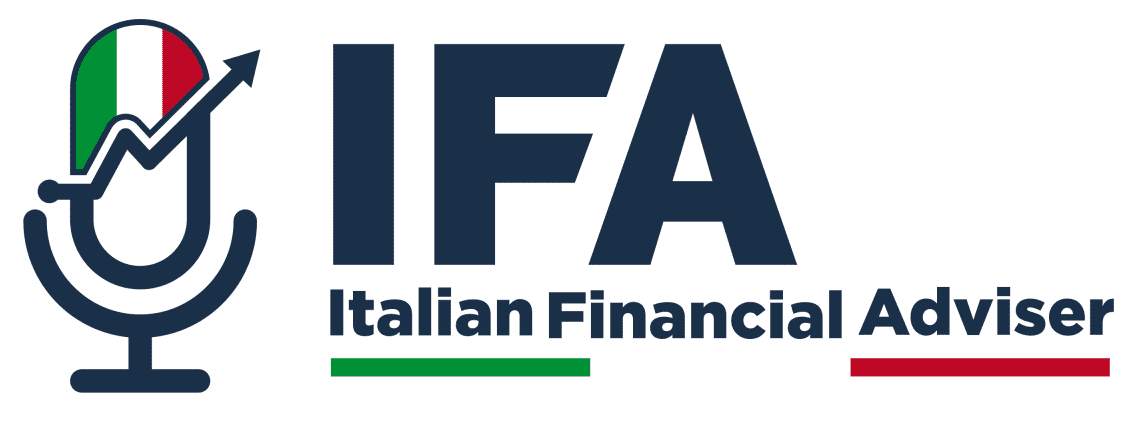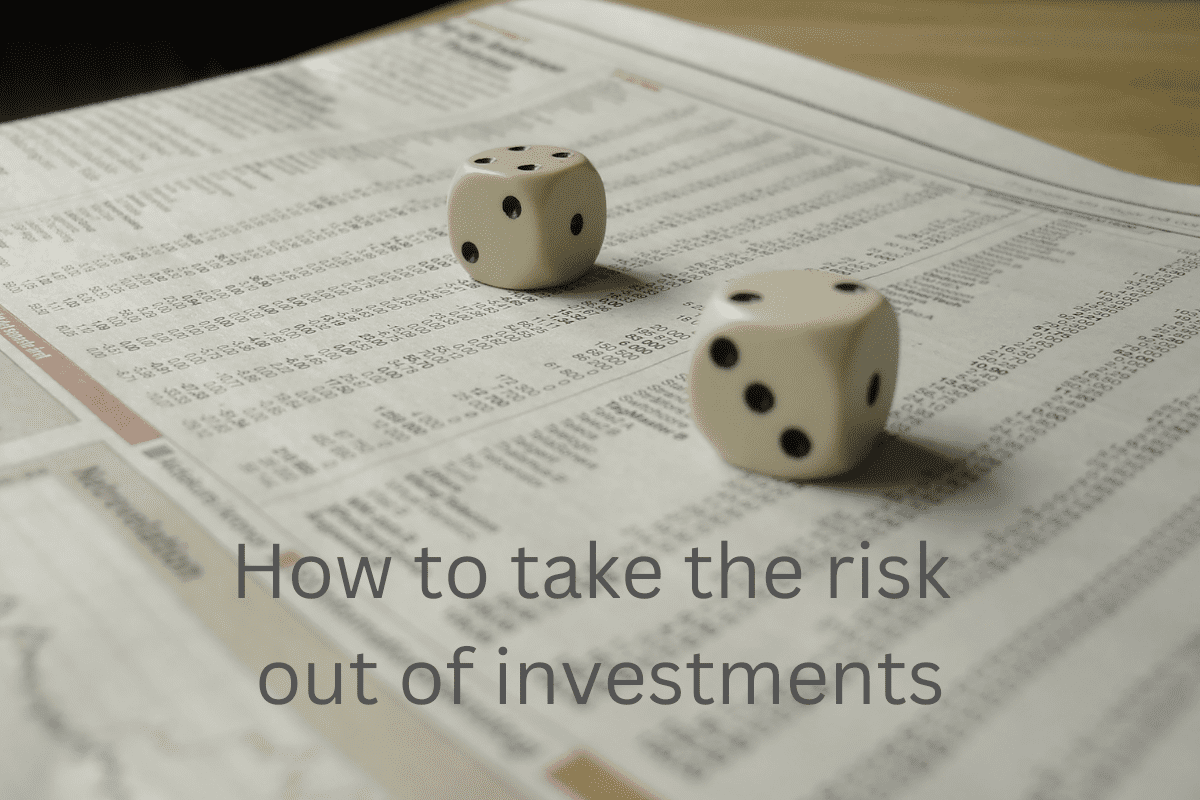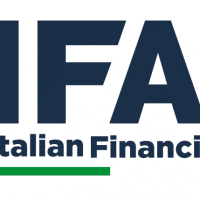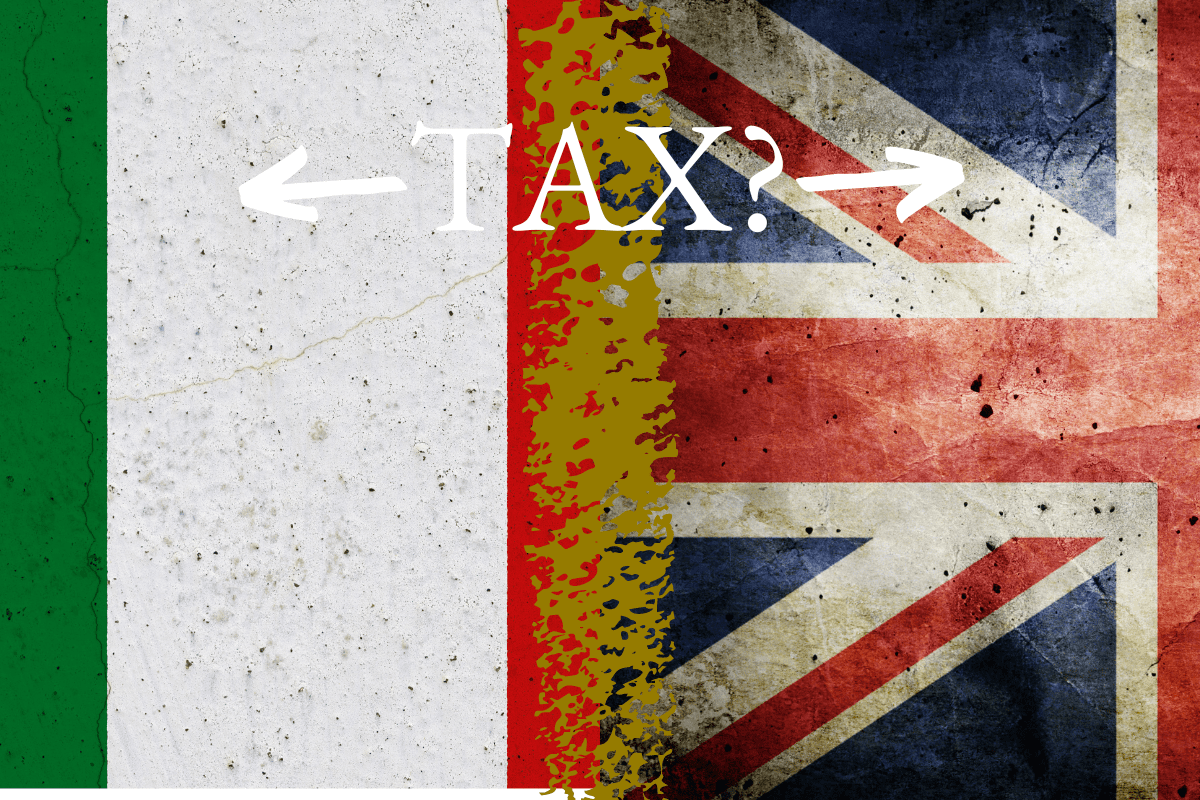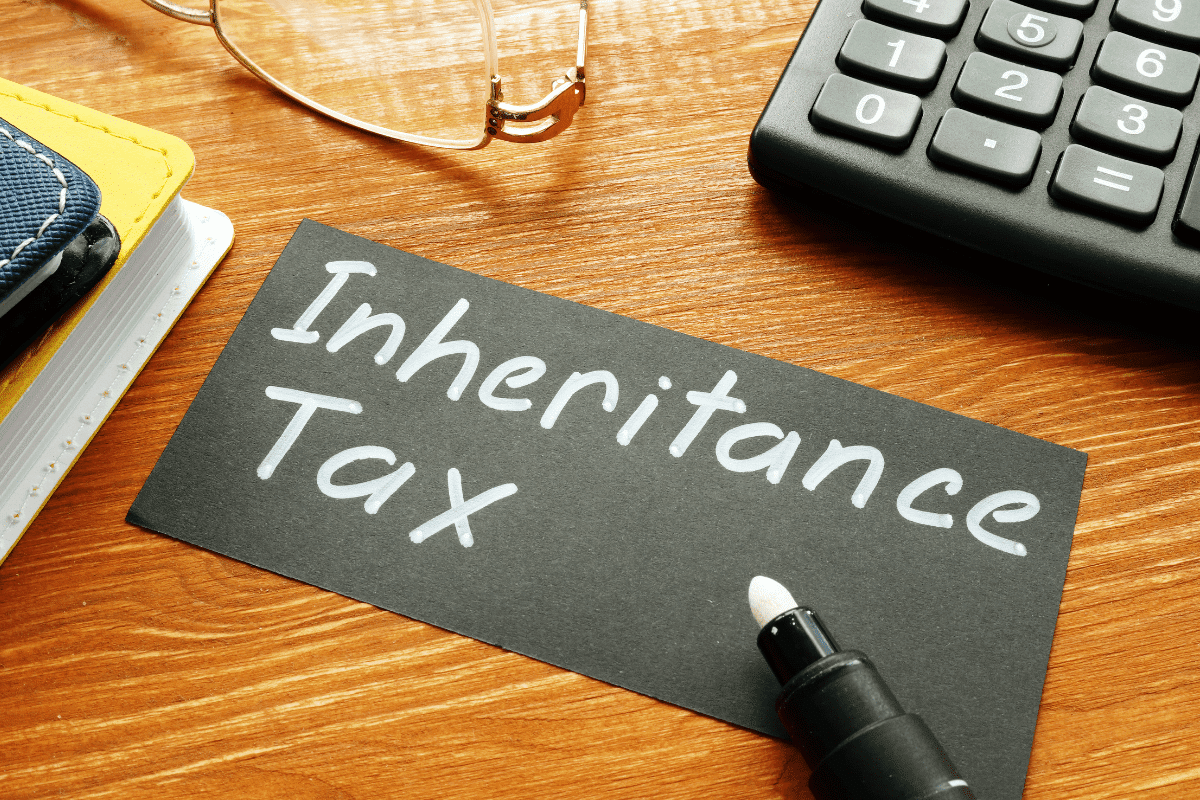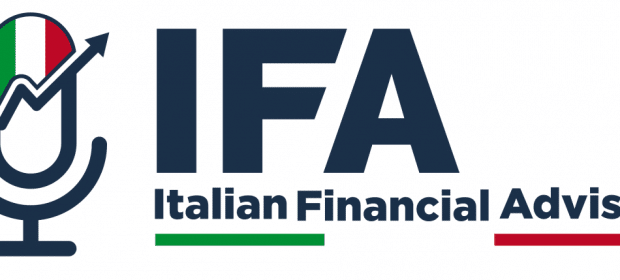This abolishes the previous band from €15 – 28,000 which was taxed at 25%, which will result in a net saving for someone with an income of €28,000 of €260 per annum. Don’t get too excited though, because if you have an income above €50,000, the reduction in IRPEF rates is offset by the withdrawal of certain tax breaks, which could lead to you paying the same amount as before.
Residency rules
2024 introduces a modified formulation of the definition of tax residency, in particular through Art. 2 of the TUIR (the Italian tax code). Without getting too deeply into the details, the emphasis seems to have moved from a strict presumption based on whether you have, in fact, declared residency in your local municipality to one based more generally on your physical presence and an evolved conception of domicile. Not much will change for you if you live year round in Italy and are already used to filing tax returns, but if, for example, you have made a determination that you aren’t tax resident in Italy in spite of the fact that you spend a large amount of time here, it would be a good idea to review your position to make sure that it is (relatively) clear under the modified formulation. The changes also need to be considered in the light of any double tax agreements and, from what I have been reading, even the experts are confused about what all this will mean in practice. None of the above is helped by the fact that the Agenzia will not give an advance ruling on whether a given individual is tax resident or not – they will tell you what they think if they ever subject you to an audit!
Careful planning and prudence remain key to protecting your position, so do get in touch if you would like to discuss further, as I can provide an introduction to an experienced tax adviser as part of an overall review of your financial situation.
Inbound Workers Incentive
Those who took up residency before the end of 2023 can continue to use the previous rules, which are far more generous than the updated version, in force from the beginning of 2024.
The incentive currently available is reduced from the previous 70 – 90% income tax reduction to a 50% reduction, capped at an annual gross income of €600,000. The requirement for the time spent as non-resident of Italy prior to making use of the incentive has been increased to 3 years, (or 6 – 7 years if there is continuity in the employment relationship). There is also an increased requirement to maintain Italian residency for 4 years (previously 2), and a requirement for a high level of specialisation in the qualifications necessary for the job in question.
Given the growing complexity of the requirements, it is worth spending some time assessing your personal situation if you are considering making use of these incentives. It is also worth noting that the incentives do not apply to pension contributions, which may reduce considerably the value of the tax break for anyone not planning on being resident in Italy for the long-term.
It is worth reminding anyone making use of these incentives that they apply only to work income; any investments or passive income generated must be declared and taxed according to the ordinary rules. There are plenty of tax planning opportunities available for people transferring residency to Italy, so please do get in touch to discuss your own particular situation – it is never too early to start this process, as a number of potential tax efficiencies are lost if they are not put in motion before becoming Italian tax resident.











